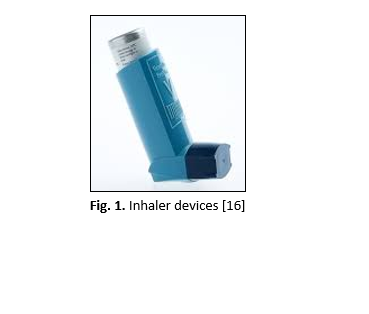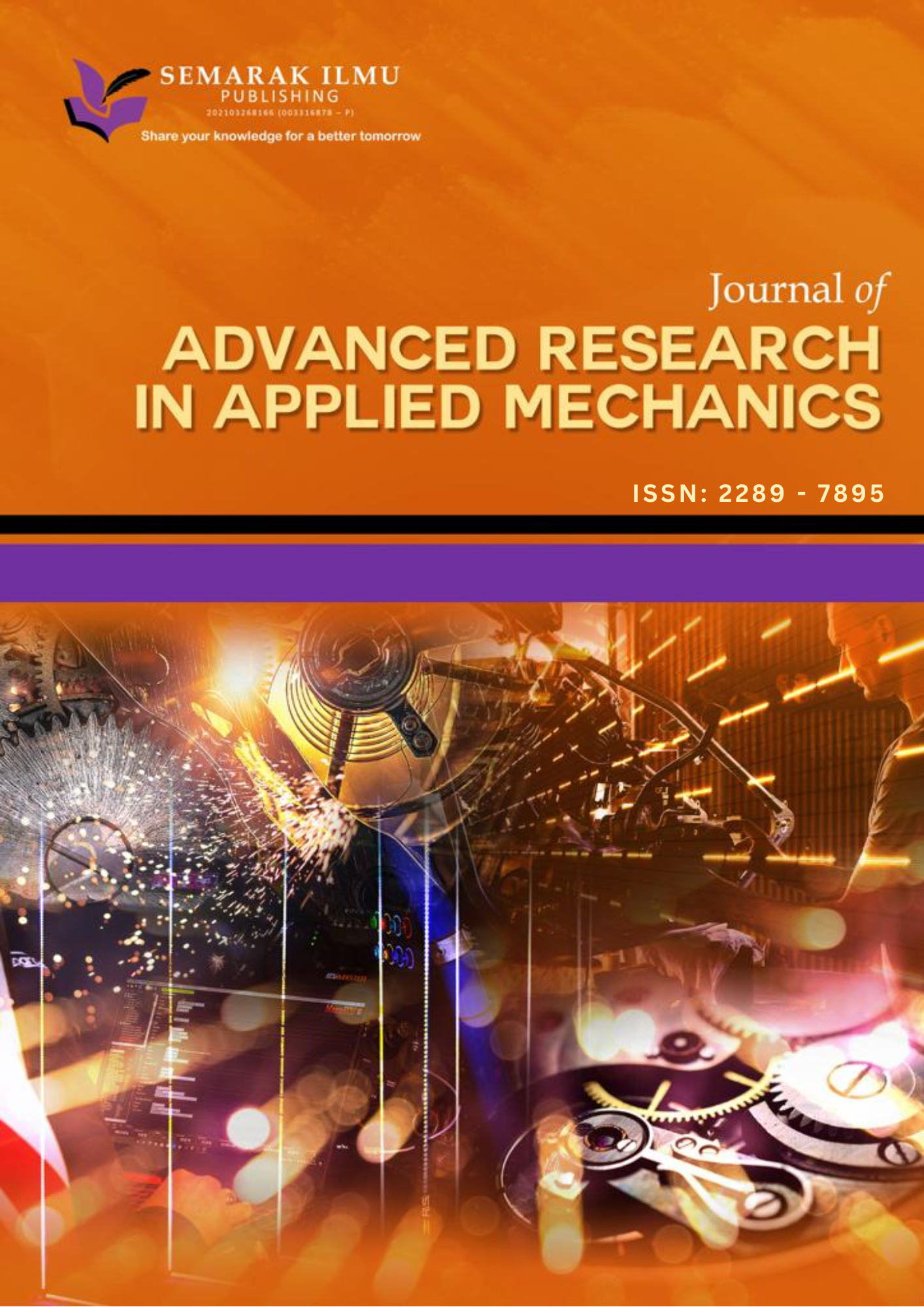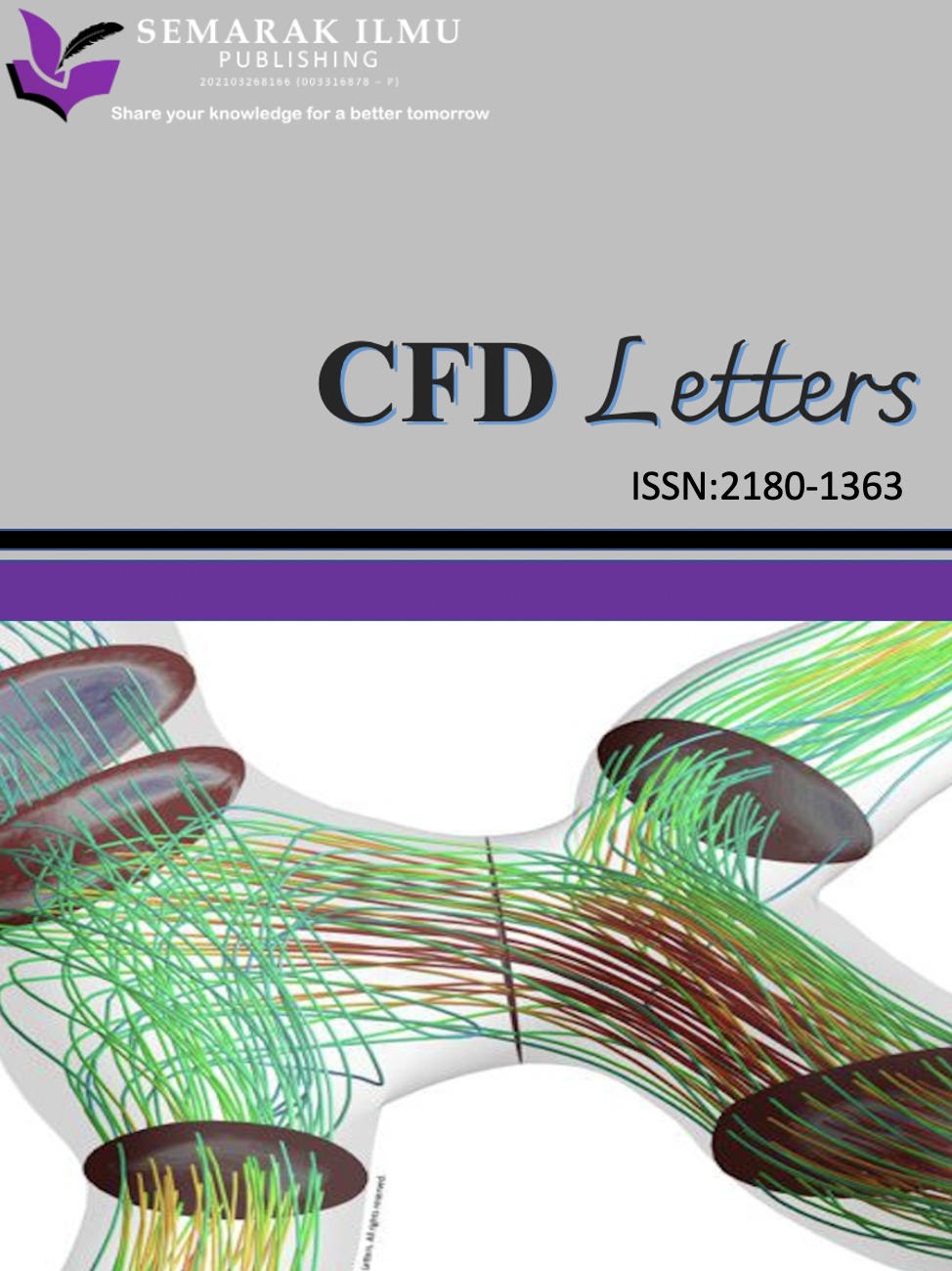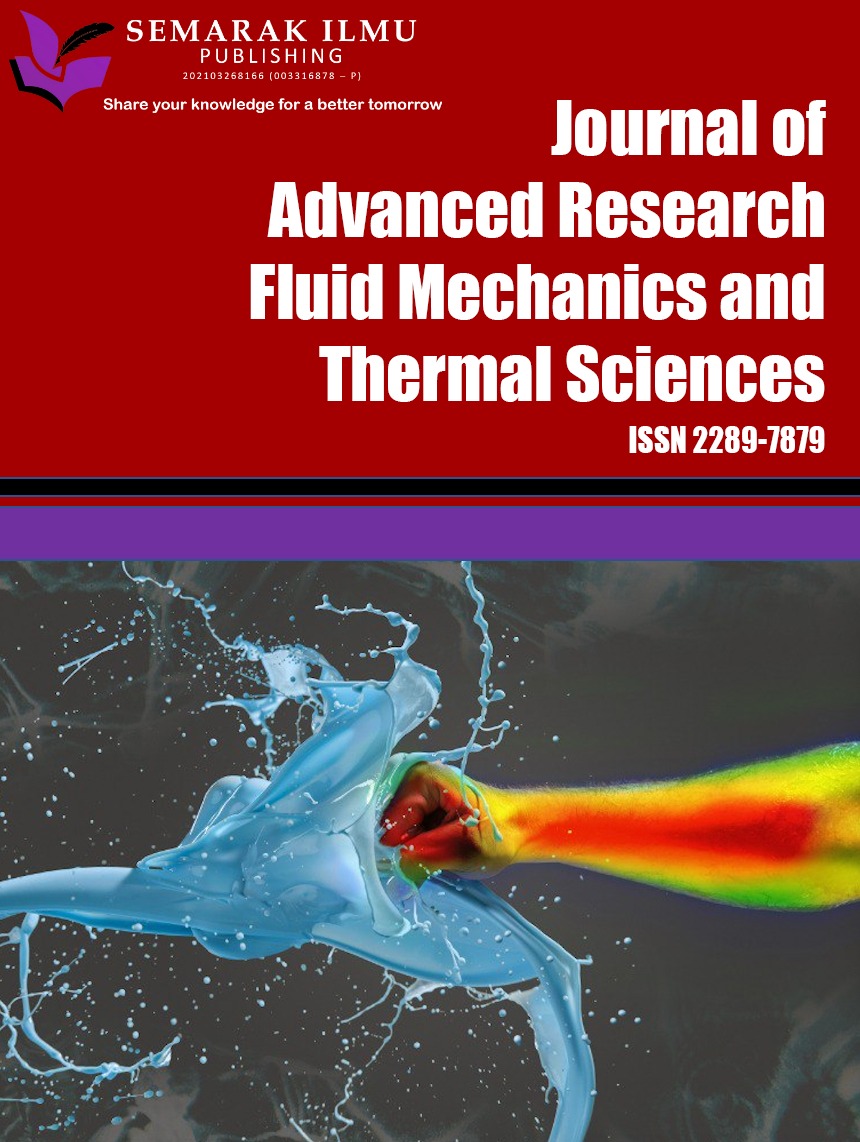AerospaAcer Valve-Holding Chamber Velocity Profile using Wind Tunnel Experiment
DOI:
https://doi.org/10.37934/arefmht.21.1.182192Keywords:
Valve-holding chamber, pressurized meter-dose inhaler, aerodynamics internal flow behaviourAbstract
of the respiratory system. Although pressurized metered-dose inhalers (pMDIs) are widely used for asthma medication delivery, improper administration can lead to suboptimal drug delivery. To enhance medication deposition in the lungs, spacers, such as the AerospaAcer device, are employed to slow down aerosolized particles. This study investigates the aerodynamic performance of the AerospaAcer valve-holding chamber through wind tunnel experiments, focusing on various valve configurations, including the Duckbill and Cross-Slit valves. Wind tunnel testing was conducted at airflow rates of 30, 60, and 90 L/min, simulating typical inhalation conditions. Results revealed that the AerospaAcer with the Duckbill valve achieved the maximum pressure and velocity at the outlet, indicating optimal drug delivery potential. In contrast, the AerospaAcer without any valve configuration exhibited the highest pressure and velocity at the chamber's entrance. Drug particle retention rates were measured at 85.4%, demonstrating a 5% improvement over commercially available valve-holding chambers. Furthermore, the cylindrical design of the AerospaAcer combined with the Duckbill valve enhanced lower respiratory tract deposition by 3% compared to baseline VHC designs. These findings suggest that the AerospaAcer with a Duckbill valve can significantly improve drug delivery efficiency, reduce backflow, and enhance medication deposition in the lower respiratory tract. The data from this wind tunnel experiment provides valuable insights into the optimization of inhalation devices and their role in advancing respiratory drug delivery strategies.
Downloads























